TNT Info - Yongsan ETLand Branch [Tax Refund Shop] (티앤티정보 용산전자랜드)
11.6Km 2024-04-17
ET LAND (Main Bldg )3층A- 304.319, 74, Cheongpa-ro, Yongsan-gu, Seoul
-
Knife Gallery (나이프갤러리)
11.6Km 2020-04-30
7, Insadong 9-gil, Jongno-gu, Seoul
+82-2-735-4431
The only knife specialty museum in Korea, this Insa-dong gallery is home to over 6,000 knives from all over the world. They include traditional Korean and Japanese knives, Chinese knives, decorative knives, knives by famous artists, and knives shown in movies. There are a variety of knives for both daily and decorative uses. Customers who order custom knives may observe the entire manufacturing process.
Himart - Guri Station Branch [Tax Refund Shop] (하이마트 구리역점)
11.6Km 2024-04-18
268, Gyeongchun-ro, Guri-si, Gyeonggi-do
-
Libuk Sonmandu (리북손만두)
11.6Km 2019-08-28
17-13, Mugyo-ro, Jung-gu, Seoul
+82-2-776-7361
Libuk Sonmandu restaurant is located deep in the alleys behind Seoul City Hall in the Mugyo-dong area. It is famous for kimchimari bap and sonmandu (handmade dumplings). Kimchimaribap is rice in a soup of kimchi and ice cubes with various added flavorings that originated in North Korea. This is a refreshing dish for summer. Other items on the menu are bindaetteok (mung bean pancake) and mandu jeongol (dumpling hot pot).
Yurimmyeon (유림면)
11.6Km 2021-03-29
139-1, Seosomun-ro, Jung-gu, Seoul
+82-2-755-0659
This store, which has a long history of over 50 years, makes noodles using only Bongpyeong buckwheat. The best menu at this restaurant is buckwheat noodles. This Korean dishes restaurant is located in Jung-gu, Seoul.
Ononsa Guesthouse (온온사)
11.6Km 2023-07-17
58 Gwanaksan-gil, Gwacheon-si, Gyeonggi-do
Though Ononsa, which was a guesthouse in Gwacheon, was constructed in the 27th year of King Injo's reign in the Joseon dynasty (1649), the name, "Ononsa," was given to this area during the reign of King Jeongjo. On February 11, 1790 during his royal procession to the tomb of his father, Crown Prince Sado, stayed at an inn in Gwacheon and, as he felt that it "has nice views and provides a comfortable stay," he bestowed upon the place plaques that he wrote himself - "Ononsa" to Seoheon and "Burimheon," which was the old nickname of Gwacheon, to Dongheon. This is how this place began to be called Ononsa.
It was designated as a Tangible Cultural Heritage of Gyeonggi-do on June 2, 1980, and it was restored on December 2, 1986 after being torn down.
Yongsan ETLand (용산전자랜드)
11.6Km 2021-06-09
74, Cheongpa-ro, Yongsan-gu, Seoul
+82-2-707-4700
Yongsan ETLand is an enormous wholesale electronics market located near the Yongsan Train Station, where all needs relating to computers, imported audio systems, game utilities and more are aptly answered. This mall first opened in 1988 as a part of the city's redevelopment project, and became the leading electronics distributer in Korea. The mall is considered the go-to place for anyone interested in purchasing electronics, whether it'd be computers, cameras, digital gadgets, electronic parts, or other IT products.
Jinju Hoegwan (진주회관)
11.6Km 2024-06-19
26 Sejong-daero 11-gil, Jung-gu, Seoul
+82-2-753-5388
Jinju Hoegwan is a renowned kongguksu (noodles in cold soybean soup) eatery near City Hall Station. Kongguksu is a traditional Korean summer dish made by boiling and grinding soybeans into a creamy broth, served with noodles, offering a refreshing and nutty flavor. Kongguksu is available from March to November. Their staff-recommended menu includes kimchi bokkeumbap (kimchi fried rice), freshly roasted by the staff, along with kimchi jjigae and samgyeopsal (pork belly).
WANBAEK BUDAE JJIGAE(완백부대찌개)
11.6Km 2020-11-25
44 Insadong-gil Jongno-gu Seoul
+82-2-722-5397
It is a restaurant introduced in the cartoon “Sikgaek.” The best menu at this restaurant is sausage stew. This Korean dishes restaurant is located in Jongno-gu, Seoul.
Sookmyung Women's University Chung Young Yang Embroidery Museum (숙명여자대학교 정영양자수박물관 (서울))
11.6Km 2019-11-15
100, Cheongpa-ro 47-gil, Yongsan-gu, Seoul
+82-2-710-9134
Chung Young Yang Embroidery Museum was founded in May 2004 to enhance public awareness and appreciation of embroidery art with ample facilities including exhibition hall, library, conservation center, learning center, embroidery study room, education and research rooms. The museum emphasizes on the variety of textiles and embroidery and also features collections from various Northeast Asian countries. The Chung Young Yang Embroidery Museum stresses the importance of embroidery as an evolving form of art through changes in technology, social and cultural environment. In addition, the learning center also aims to become a learning center for scholarship in embroidery and other textile arts that can be appreciated by a wide audience.
![TNT Info - Yongsan ETLand Branch [Tax Refund Shop] (티앤티정보 용산전자랜드)](http://tong.visitkorea.or.kr/cms/resource/86/2878486_image2_1.jpg)
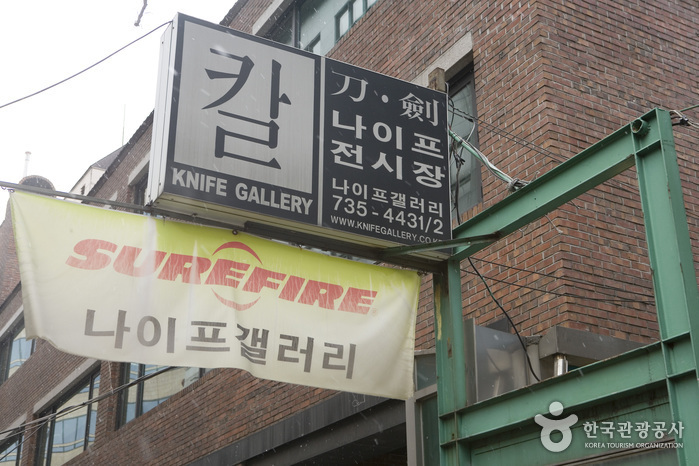
![Himart - Guri Station Branch [Tax Refund Shop] (하이마트 구리역점)](http://tong.visitkorea.or.kr/cms/resource/58/2889958_image2_1.jpg)
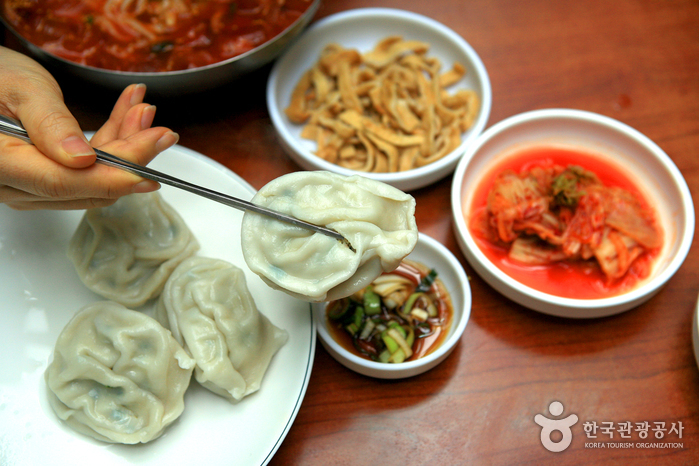
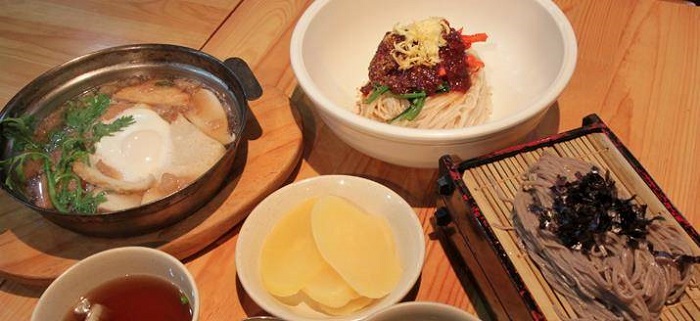
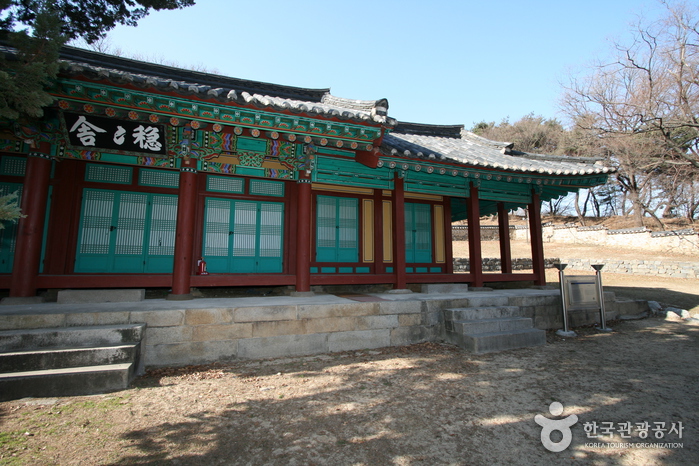


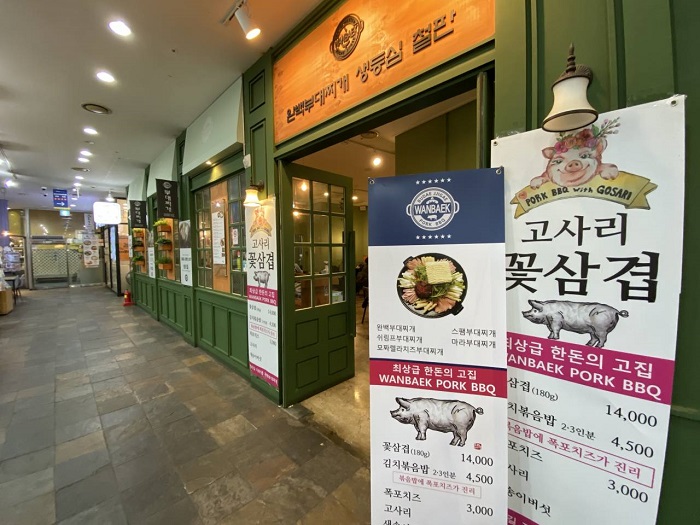
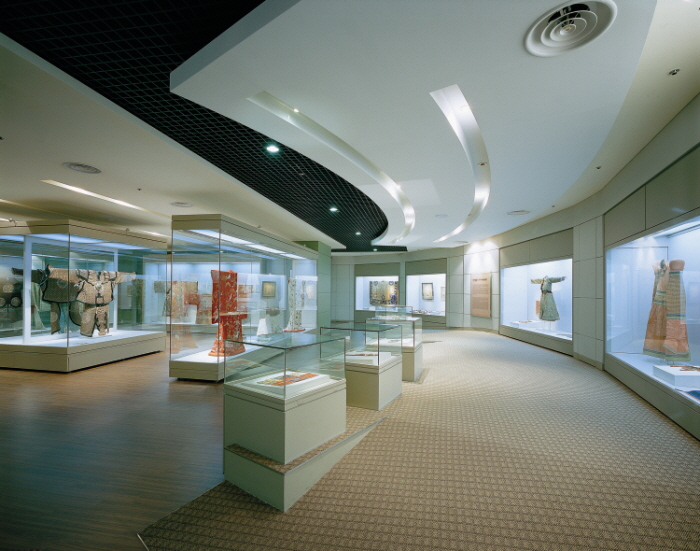
 English
English
 한국어
한국어 日本語
日本語 中文(简体)
中文(简体) Deutsch
Deutsch Français
Français Español
Español Русский
Русский